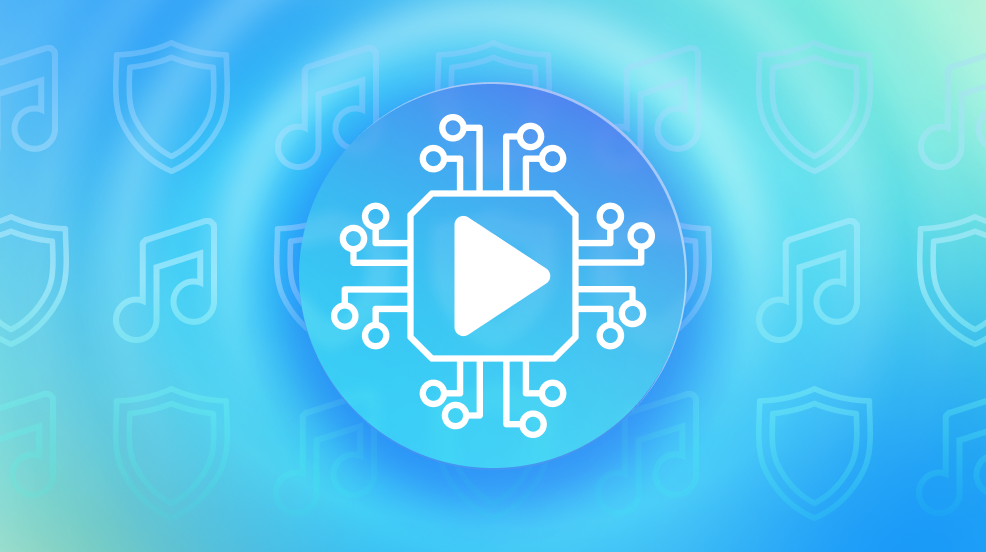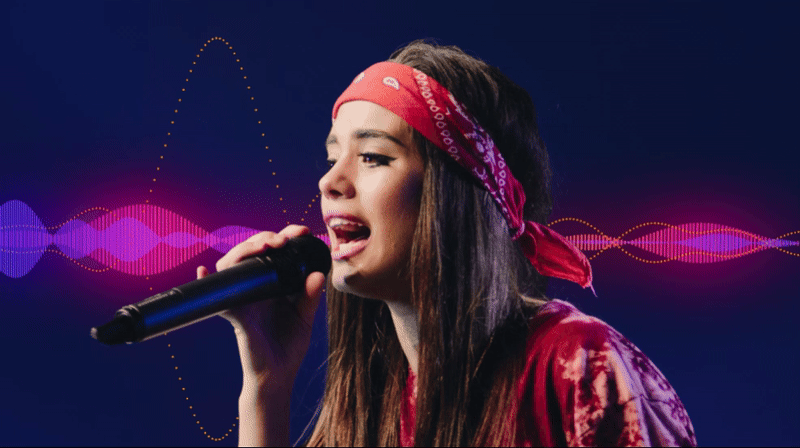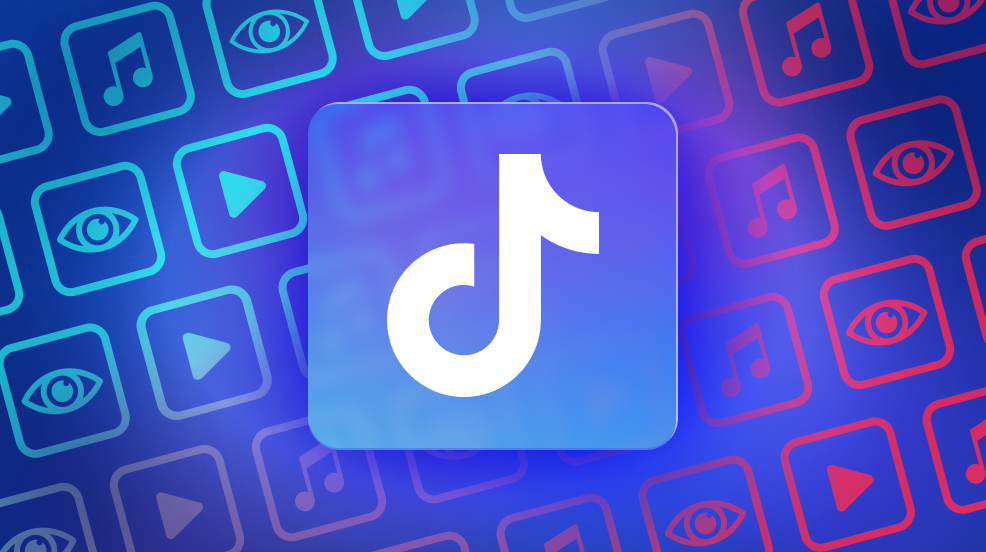In what has seemed like an endless eon since content was first shared online, rightsholders (which includes creators themselves) grew weary of the “whack-a-mole” process of seeing their work uploaded and redistributed across content sharing platforms without attribution or remuneration. Free publicity, they were told – it is good for you! However this was to the detriment of the rightsholder and creator, who weren’t able to adequately control or monetize their own creations, and to the public, who have been unable to freely enjoy that content.
Yes, today the rightsholder can take the scorched earth approach, which helps nobody: a timely assertion of notice and ownership shot through a cannon demanding the platform take down the infringing user-generated content (UGC). Most rightsholders do take this approach, but only because something better hasn’t yet come along to replace this status quo.
Notices and takedowns don’t support the creator economy
That is the current, very inefficient, reality…a hellscape of endless takedown notices and counter notices being launched back and forth by rightsholders, platforms, and uploaders. Notices and takedowns and the associated legal processes could go on for many months – eventually exhausting the patience of everyone involved. And even after all is said and done, takedowns will never warrant the rightsholder getting what they’re owed. Everyone goes home empty handed and upset – what a world.
The current standard and the takedowns that define it are clearly not the answer moving forward. There’s a future where rightsholders can both retain full control of their assets and be incentivized through efficient monetization to allow for the publication of their assets. Doing so would even result in those same rightsholders plugging directly into the creator economy and benefitting alongside nascent platforms still trying to get their foothold with creators and audiences. In short, the future is licensing on a scale both small and astronomic – UGC-by-UGC but billions of these micro licenses issued every minute across dozens of sites.
The technology of today empowers the future of licensing
Because technologically this future is already here, if you upload content that includes sound recordings, songs, images, video clips and the like to UGC platforms, you may soon find the process to be a bit different than you’re used to. That’s because very soon, many upload destinations will know what content is included in your upload and the relevant owners will have a say in how you share their assets. Takedowns will be a thing of the past, and monetization and licenses will be the new norm.
We are seeing the creator economy come together to determine new rules, and new tools, to improve the content upload and redistribution process for all parties involved — creators, rightsholders, and platforms.
Even the US Government is interested! They are now in the beginning stages of re-exploring standard technical measures (STMs) and how they might be deployed on today’s online landscape – as opposed to how they were thought about in 1998 when they were named within the Digital Millennium Copyright Act (DMCA). An STM is simply a standard process that would strike a balance between rightsholders who want to better control over their content online, and platforms that want to host that content across the world. This legislative work is still very much in its infancy and clarity in the form of a law or regulation is not expected for some time, though work is being done to suggest voluntary consensus-building around STMs — a conversation between rightsholders and platforms.
But technologies that could one day be classified as STMs are currently being implemented across public-facing internet sites and content sharing platforms that wish to end the cycle, and their risk of liability, in redistributing copyright infringing content. However, blocking is also not the answer – working with rightsholders and licensing content is.
Technology solutions are making this possible, rectifying the Internet and helping to make sure those who create and consume content have control of their experiences. For instance, internet sites and platforms are turning to tools like Pex’s Attribution Engine, which creates databases of copyrighted content and works with platforms to properly license the content from rightsholders themselves, who get properly compensated and a more accurate and detailed image of how their songs, films, television shows, images, and manuscripts are shared online.
It’s a new world on the net and it’s quickly evolving – every day brings empowering developments that benefit users and creators alike. Don’t be surprised when the owner of a song proactively lets you use the song, so long as proper attribution is implemented, the composers and artists are paid by the platform, and the information is properly tracked.
Today’s technology and the future’s STMs are one of the same – and they’ll enable the mass publication of content while ensuring that those who should get paid actually get paid. And we’ll all be able to enjoy it – that’s what’s important.
For more information on Pex and how we’re helping creators, rightsholders, and platforms work together, head here.











